Asian Jumping Worms Massachusetts
24102019 Snake worms aka Alabama jumper jumping worm Asian crazy worm or earthworms of the genus Amynthas in the scientific world are named for their unusually active defensive behavior. Where are they from.
Earthworms Aren T The Soil Heroes You Imagine
Herrick a plant ecologist at the University of Wisconsin-Madison Arboretum who has been studying Asian jumping worms since discovering them on the grounds in 2013 holds a handful of.
Asian jumping worms massachusetts. They are native to eastern Asia. Jumping worms turn rich organic soil into small crumbles that resemble coffee grounds. But its only become common in large numbers in the past decade having first been found in Wisconsin in 2013.
In the past few years they were found in Illinois and Wisconsin. 26042021 The worms of the genus Amynthas also known as snake worms Asian jumping worms and Alabama jumpers according to Smithsonian Magazine are a highly invasive lot that first made their way to. 27042021 Crazy worms also known as Asian jumping worms have spread to multiple regions in the US.
The worms move very actively and wiggle a lot if disturbed resembling snake movements. There are three species of jumping worms found in Vermont. Jumping worms are PROHIBITED by the New York State Dept.
02082018 Asian jumping worms are an annual speciesthe adults die after the first freeze. 15042018 Asian jumping worms were first identified in the country in 1937 and have since been documented throughout New England. 10082019 S O-CALLED CRAZY WORMS or Asian jumping worms several invasive earthworm species that are spreading alarmingly in many areas and degrading soil and natural habitats are probably the most common pest question I get from readers and listeners in recent years.
Jumping worms have been in the southeastern United States for many years including in the Great Smoky Mountains. Nearly all earthworms in the Northeast today are non-native and. 19042021 Jumping worms originated in East Asia and made their way to the Pacific coast of the US in the early 2000s.
They had all the identifying marks and jumping characteristics. M as being the Asian Jumping worms. Also known as crazy snake worm Alabama jumper Asian worm.
No one is sure exactly how jumping worms were introduced into North America but its likely that they were brought over from Asia in soil used for potted plants landscaping material or agricultural material. And as their populations grow you may need to change some of the plantings and maintenance practices in your landscape. Asian jumping worms Amynthas spp are an invasive species in Minnesota.
The cocoons which are about the size of a mustard seed will survive the winter and hatch in mid-April after temperatures reach 50F for a consistent period. Jumping worms known called Asian jumping worms crazy worms Alabama jumpers and snake worms scientific name Amynthas agrestis and another common version Amynthas tokioensis are invasive earthworms first found in the northern midwest of the US. They live in the top few inches of soil in leaf litter on the forest floor as well as home and landscape gardens changing the soil texture to appear like coffee grounds.
Lee Frelich University of Minnesota first observed Amynthas agrestis in Loring Park in Minneapolis in 2006. Prohibited invasive species cannot be knowingly possessed with the intent to sell import purchase transport or introduce. Snake worms can spread on their own they wiggle a little deeper into the.
All this impacts the health and productivity of our garden plants. Not sure how they got here but they remain in my neighborhood in 2020. I use Roundup on them.
As far as we know jumping worms have not. Amynthas tokionensis 1-4 inches in length approximately 70 of VT jumping worm population. What Do Jumping Worms.
Scientists worry about the worms environmental impacts because the invasive species strips topsoil of. They earned the nickname due to. 13032019 The Asian jumping wormthe name confusingly refers to a number of fairly similar species of wormoriginated in Japan and Korea and probably came over to North America sometime in the 19th century.
This depletes nutrients disturbs the soil fungi and decreases the water-holding ability of soils. Asian jumping worms are spreading in the Midwest and they can do serious damage to your yard. Why are they so bad for the environment.
Many of you have asked specifically How can I stop them To find out what scientists know so far I. One worm can produce many cocoons without mating. Inches in length approximately 25 of VT jumping worm.
31102016 Samples dozens of Jumping type worms taken from my yard in northeast Fort Worth in 2019 were identified by Texas A. While the cocoons can survive the winter temperatures the hatchlings cannot. Jumping worms are also known as crazy snake worms crazy worms snake worms Asian worms Alabama Jumpers Georgia Jumpers Jersey Wriggles or wood alves.
22052017 Jumping worms are native to southeast Asia and are believed to have arrived in North America with potted plants nursery stock or soil.
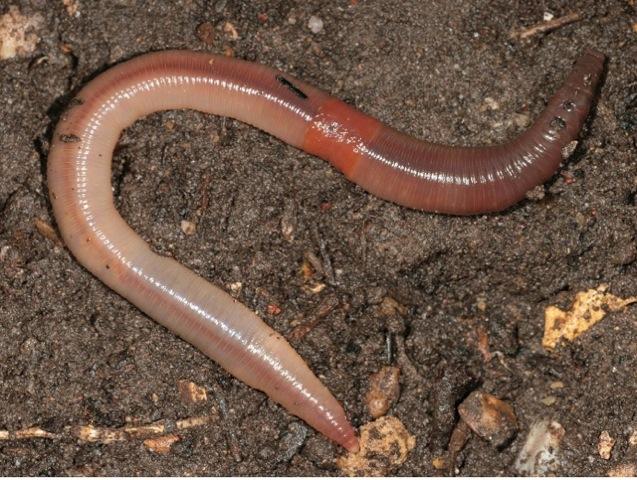 Invasive Earthworms In Massachusetts Webinar Massachusetts Forest Alliance
Invasive Earthworms In Massachusetts Webinar Massachusetts Forest Alliance
 Invasive Jumping Earthworms Coming To A Forest Near You Cottage Life
Invasive Jumping Earthworms Coming To A Forest Near You Cottage Life
 Red House Garden Earthworms Gone Bad
Red House Garden Earthworms Gone Bad
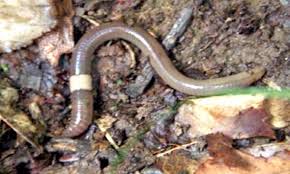 Invasive Worms Univeristy Of Vermont Entomology Research Laboratory
Invasive Worms Univeristy Of Vermont Entomology Research Laboratory
 Jumping Worms Have Invaded Wisconsin Smart News Smithsonian Magazine
Jumping Worms Have Invaded Wisconsin Smart News Smithsonian Magazine
 Red House Garden Earthworms Gone Bad
Red House Garden Earthworms Gone Bad
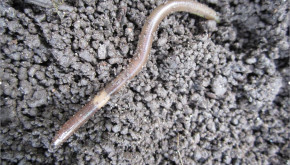 Worms In Your Woodland Women Owning Woodlands
Worms In Your Woodland Women Owning Woodlands
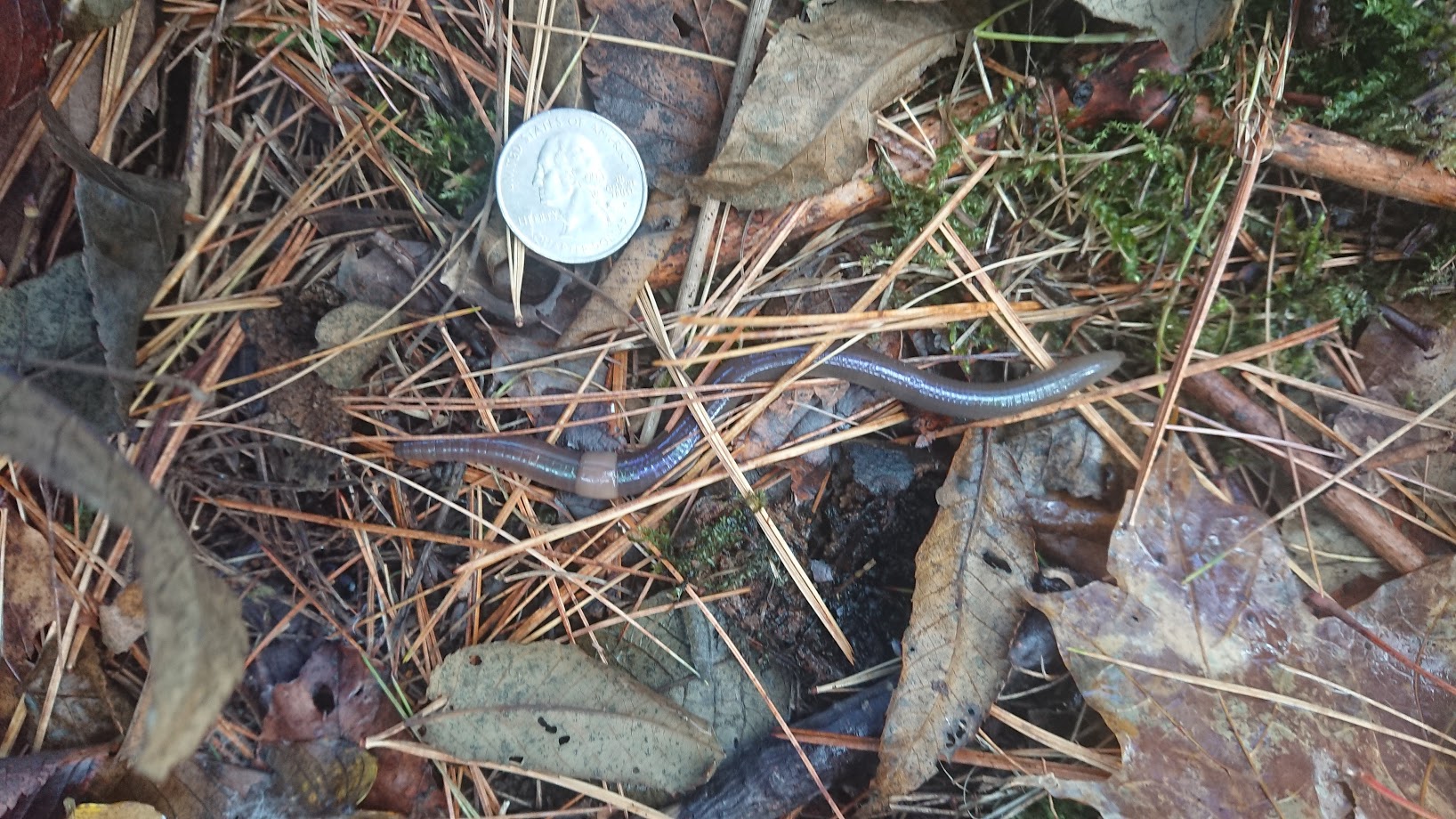 Management Updates Oct 24 2019 Umass Center For Agriculture Food And The Environment
Management Updates Oct 24 2019 Umass Center For Agriculture Food And The Environment
The Recorder Invasive Snake Worms Make Their Presence Felt In Region
 The Weather Network Invasive Jumping Earthworms Coming To A Forest Near You
The Weather Network Invasive Jumping Earthworms Coming To A Forest Near You
The Recorder Invasive Snake Worms Make Their Presence Felt In Region
Jumping Worm Rose Rosette Disease New England Pest Management Guide
 Red House Garden Earthworms Gone Bad
Red House Garden Earthworms Gone Bad
 Red House Garden Earthworms Gone Bad
Red House Garden Earthworms Gone Bad
 Red House Garden Earthworms Gone Bad
Red House Garden Earthworms Gone Bad
Https Digitalcommons Colby Edu Cgi Viewcontent Cgi Article 1959 Context Honorstheses
Invasive Earthworms Need Action Invasive Species
 Red House Garden Earthworms Gone Bad
Red House Garden Earthworms Gone Bad
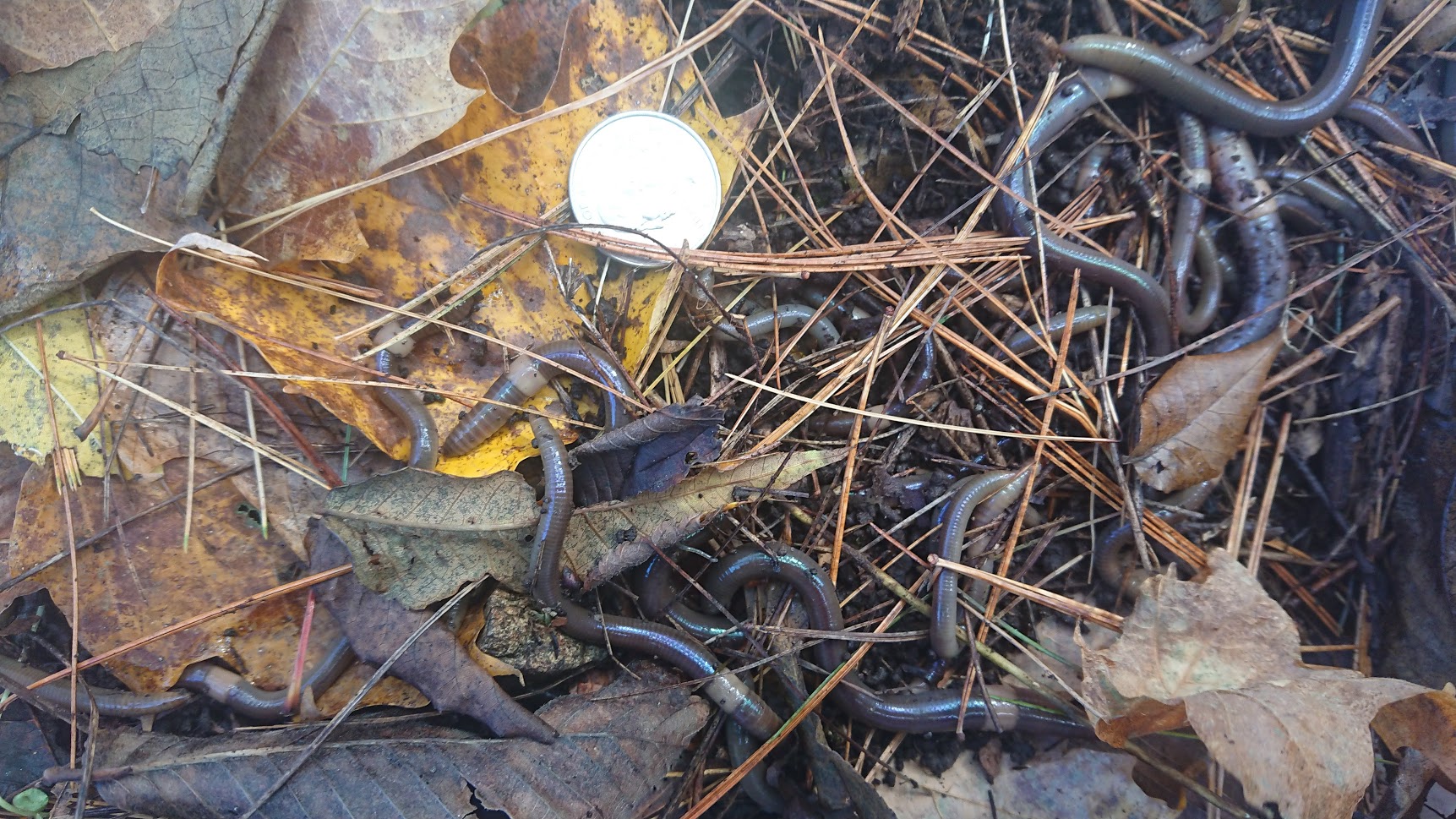 Management Updates Oct 24 2019 Umass Center For Agriculture Food And The Environment
Management Updates Oct 24 2019 Umass Center For Agriculture Food And The Environment